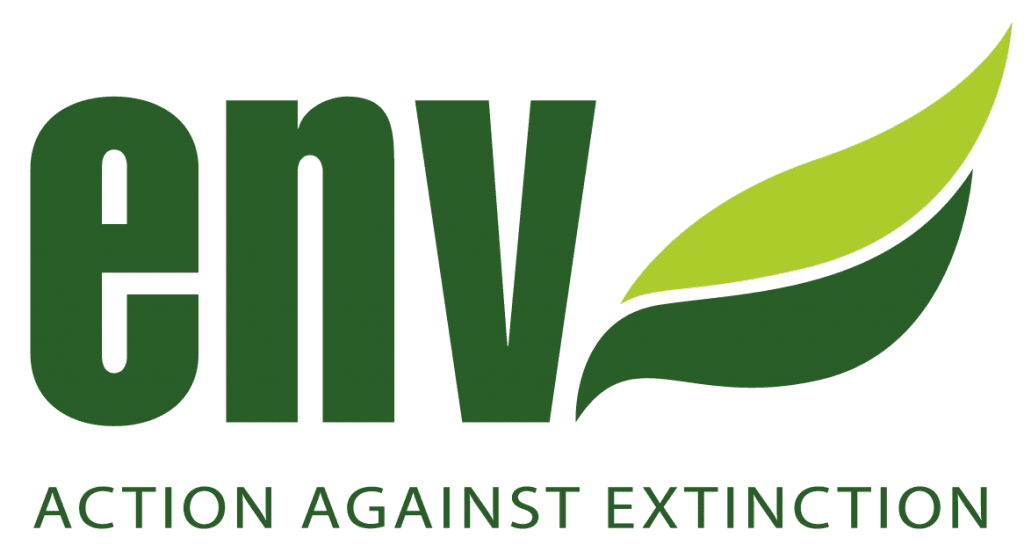The central Vietnam city of Hue has outperformed any previous ENV consumer crime enforcement campaign results with a 100% reduction in violations following initial inspections of business establishments throughout the city.
Hue’s perfect score stands out amongst similar enforcement campaigns targeting retail establishments in major cities of six provinces, Hue further serves as an outstanding example of what can be achieved by local authorities to eliminate consumer wildlife crime in their jurisdictions when authorities decide to do so.
While Hue attained the gold standard for dealing with wildlife crime, four of the six provinces, namely Ho Chi Minh City, Ba Ria – Vung Tau, Hanoi, and Khanh Hoa, did well but left some room for improvement. Lagging behind in last place was the southern city of Can Tho with a disappointing 44% crime reduction rate resulting from the efforts of authorities there.
During the 2018 crime reduction campaign, ENV inspected a total of 4,112 establishments to identify consumer wildlife crime violations in shops, restaurants, and other retail establishments. Upon the completion of each visit, the results were reported to the districts’ People’s Committees, along with formal requests to address the violations. After a period of 60-90 days, ENV inspection teams returned to the district to inspect establishments where violations had previously been reported to determine how authorities had dealt with each case.
All violations were tracked using the ENV Wildlife Crime Incident Tracking System, a database that includes profiles of all cases documented by ENV and details of the steps taken to resolve each case, including documenting the outcome as reported by the authorities and ENV’s independent monitors.
The main findings of the 2018 consumer crime enforcement campaign were:
• Can Tho had the highest wildlife crime rate: 16% of establishment inspected had wildlife crime violations – double the crime rate of Hue and Ho Chi Minh City.
• Hanoi showed an almost 50% drop in consumer wildlife crime violations, with 11% of establishments found to have violations – down from 21% in 2013-2015.
• Ba Ria – Vung Tau’s consumer wildlife crime violation rate was 11%, while the monitoring team in Khan Hoa detected violations in 13% of the establishments inspected.
• Hue, as stated, scored a 100% success rate in addressing consumer wildlife crime in their jurisdiction, while the consumer wildlife crime reduction rate was 82% for Ho Chi Minh City, 69% for Ba Ria – Vung Tau, 60% for Khanh Hoa, and a disappointing 44% reduction rate in dealing with violations in Can Tho.
The report cards generated from the enforcement campaigns permit city and provincial leaders with the opportunity to evaluate the effectiveness of subordinate agencies in dealing with wildlife crime and compare these results with how other cities are performing.
“Overall, the enforcement campaign results are mostly encouraging,” said Ms. Bui Thi Ha, ENV’s Vice Director. “However, there is clearly room for improvement, not only in addressing consumer wildlife crime in most cities, but also stronger engagement by city leaders in helping educate the public and discouraging consumer demand that drives the continued hunting and trafficking of wildlife.”
Ha went on to note that the success in Hue shows that it is possible to eliminate consumer wildlife crime if there is the will by city leaders and relevant agencies to do so. Ha concluded by calling on authorities across Vietnam to up their game and strengthen their efforts to combat wildlife crime.
ENV wishes to thank the Columbus Zoo, MacArthur Foundation and WWF for supporting ENV’s 2018 consumer crime enforcement campaigns throughout Vietnam.
* In order to showcase the results of the campaign, ENV has produced Vietnamese language report cards for each of the major cities where the campaign was conducted, as well as an English language report on Hanoi, which serves to compare the city’s results with those of the other cities involved.

